- Two short-sleeved jerseys
- Two bib shorts
- Three pairs of socks (in black or white, so they match the color of your cycling shoes)
- One wind vest
- One long-sleeved jersey
- One pair of gloves
- Two water bottles (so you can carry enough water for the long trips)
Here is a guide on what to wear on the bike for different temperatures:
20°C: Hot Weather
- Short bibs: Stay cool and comfortable with short bib-shorts.
- Short sleeves: Wear a lightweight short-sleeved jersey to allow your skin to breathe in the heat.
- Loose sleeves: Bring loose sleeves in case you feel cooler later on the ride.
- Sunscreen: Protect your skin from the sun by applying sunscreen regularly.
- Small rain jacket: Carry a small rain jacket in your back pocket for unexpected summer showers.
15-20°C: Mild Weather
- Loose knee warmers: Use loose knee warmers for light protection against cooler weather.
- Bibs: Short bib-shorts remain a good option in this temperature range.
- Jersey: A lightweight long-sleeved jersey can help regulate body temperature.
- Small wind vest: Add a light wind vest for extra protection against cool winds.
- Loose sleeves: Use loose sleeves for added comfort if you feel a bit chilly.
- Small rain jacket: As previously mentioned, have a small rain jacket as a safety measure.
10-15°C: Cool Weather
- Long pants: Switch to long cycling bibs to keep your legs warm.
- Bibs: Continue to use short bib-shorts for optimal comfort.
- Long-sleeved jersey: A thick long-sleeved jersey provides extra protection against cooler temperatures.
- Loose sleeves: Use loose sleeves for extra warmth and protection.
- Cycling jersey: Wear a thicker cycling jersey over the long-sleeved one for additional insulation.
- Wind vest: A wind vest still offers relevant protection against cool winds.
- Thin, comfortable gloves: Wear lightweight gloves for better hand movement.
- Thin shoe covers: Keep your feet warm with thin shoe covers.
- Quality socks: Use high-quality socks in your shoes for enhanced comfort.
5°C to 10°C: Cool Weather
- Long pants: Keep using long cycling bibs to keep your legs warm.
- Long-sleeved jersey: A thick long-sleeved jersey will still be necessary to protect the upper body.
- Loose sleeves: Maintain loose sleeves for added protection against cool winds.
- Wind vest: Continue to wear a wind vest to prevent cold from penetrating.
- Quality gloves: Upgrade to high-quality gloves for better hand protection.
- Shoe covers: Continue using thin, water-resistant shoe covers.
- Neck gaiter: Keep the neck gaiter on to protect against cool winds.
- Thin cap under helmet: The cap under the helmet will still help retain warmth.
0°C to 5°C: Cold Weather
- Long pants: Switch to long cycling bibs to keep your legs warm.
- Long-sleeved jersey: Wear a thick long-sleeved jersey for extra warmth and protection against the wind.
- Loose sleeves: Add loose sleeves to protect your arms from the cold.
- Cycling jersey: A thicker cycling jersey over the long-sleeved one provides additional insulation.
- Wind vest: Use a wind vest to shield your upper body from cold and wind.
- Thin, comfortable gloves: Insulated gloves with warmth properties are essential for your hands.
- Shoe covers: Choose thick, water-resistant shoe covers to keep feet warm and protect against cold and moisture.
- Neck gaiter: Wear a neck gaiter that can be pulled up over the mouth for extra cold protection.
- Thin cap under helmet: Add a thin cap under the helmet to protect ears and head from the cold.
-5°C to 0°C: Cold Weather
- Warm cycling bibs: These keep your legs warm and protected from the cold.
- Long-sleeved base layer: An insulating base layer helps keep your upper body warm.
- Long-sleeved jersey: Wear a thick long-sleeved jersey for extra warmth and wind protection.
- Water-resistant winter cycling jacket: A water-resistant jacket with insulating properties will shield you from the elements.
- Shoe covers: Use thick, water-resistant shoe covers to keep your feet warm and protect them from cold and moisture.
- High-quality gloves: Choose insulated gloves with warm fingers to protect your hands from the cold.
- Neck gaiter: A neck gaiter that can be pulled up over the mouth helps keep the face and neck warm.
- Thin cap under helmet: A thin cap under the helmet protects ears and head from the cold.
- Wind-blocking products: Consider using windproof products such as windproof gloves or windproof leg warmers for extra protection against the cold.
- Ski underwear (optional): If it's extremely cold, you can add a layer of warm and snug-fitting ski underwear for extra insulation.
By following these guidelines and taking weather conditions into account, you can maintain a comfortable temperature and protection during your cycling rides. Remember to adjust your clothing layers according to the intensity of your cycling and ensure that you stay warm and comfortable throughout the ride.


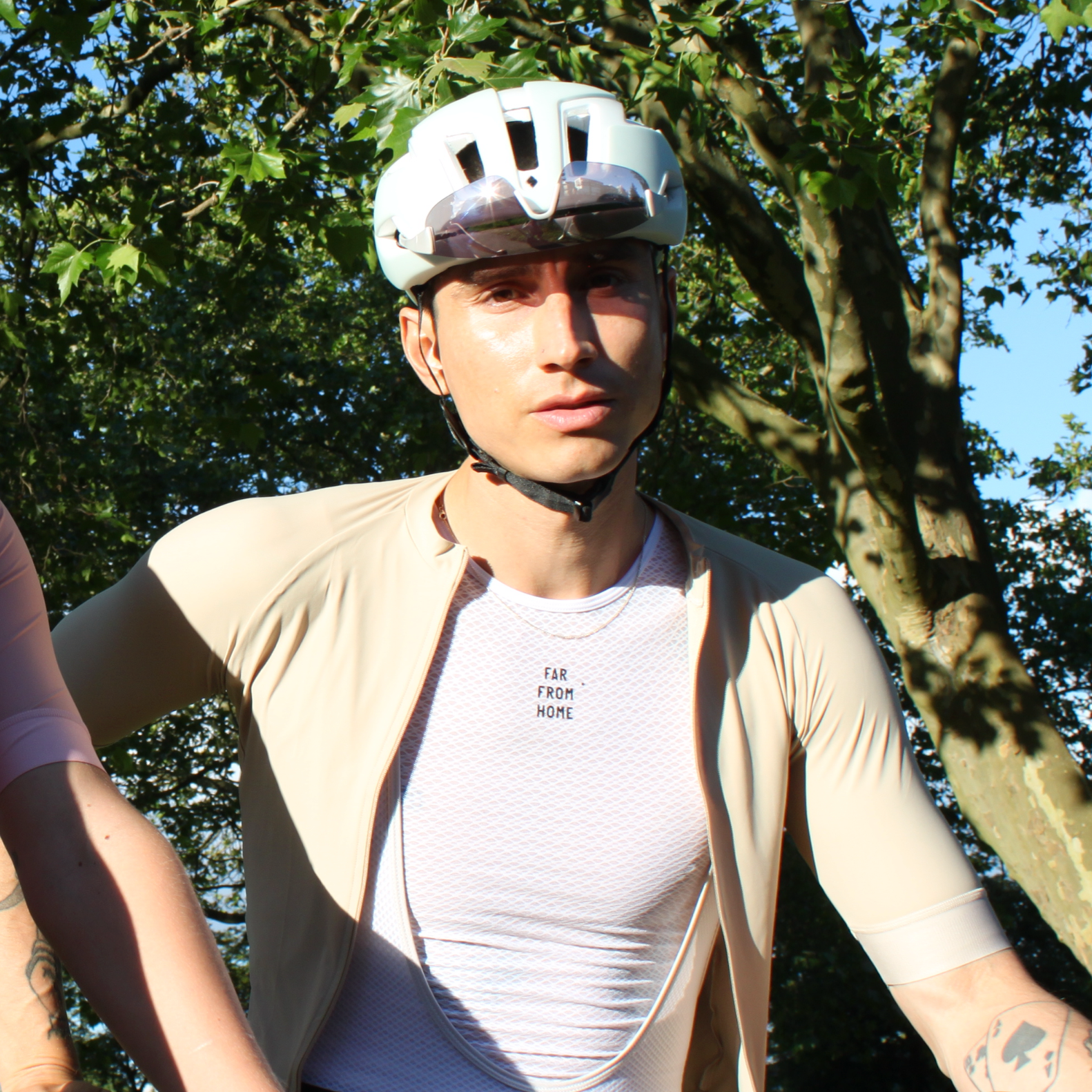

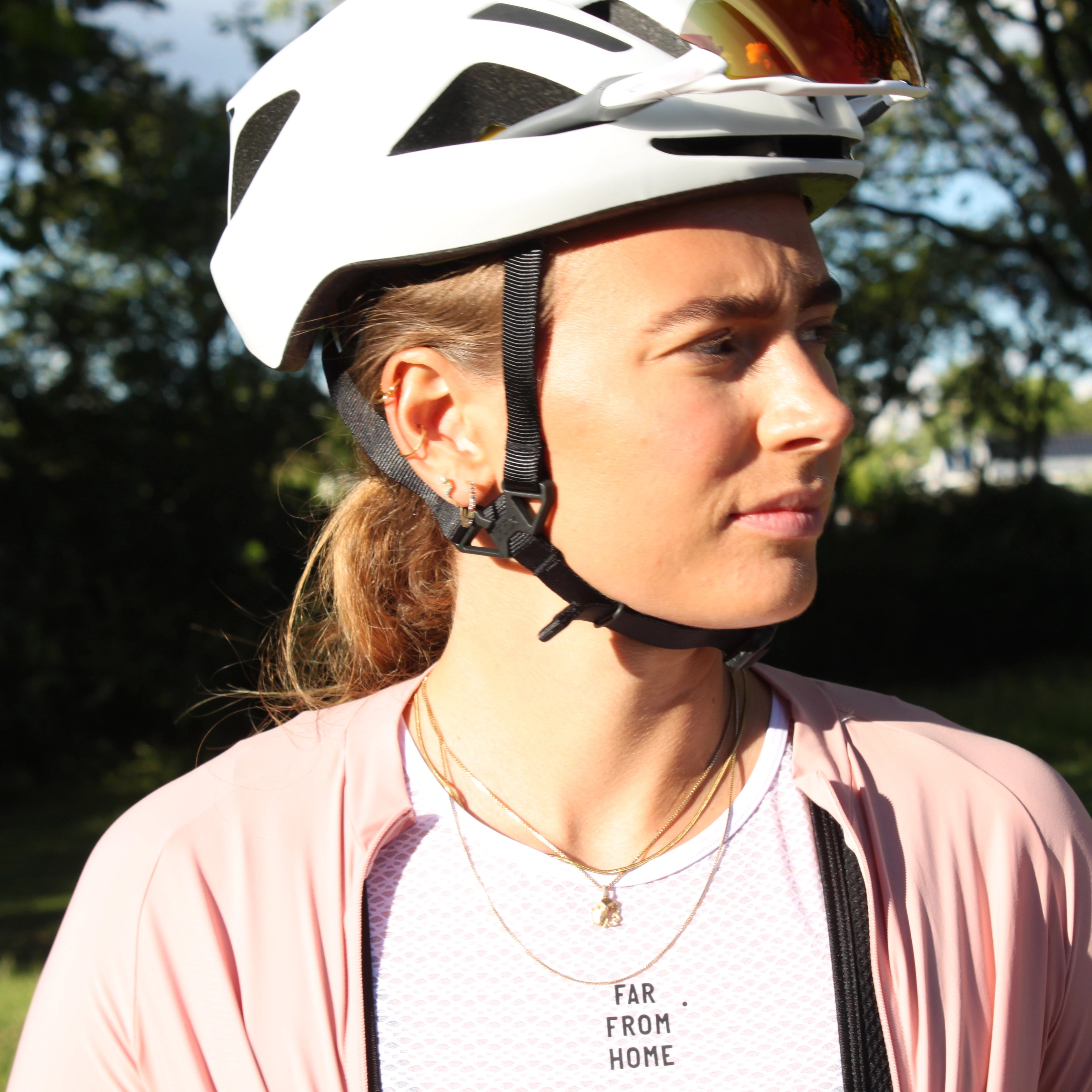
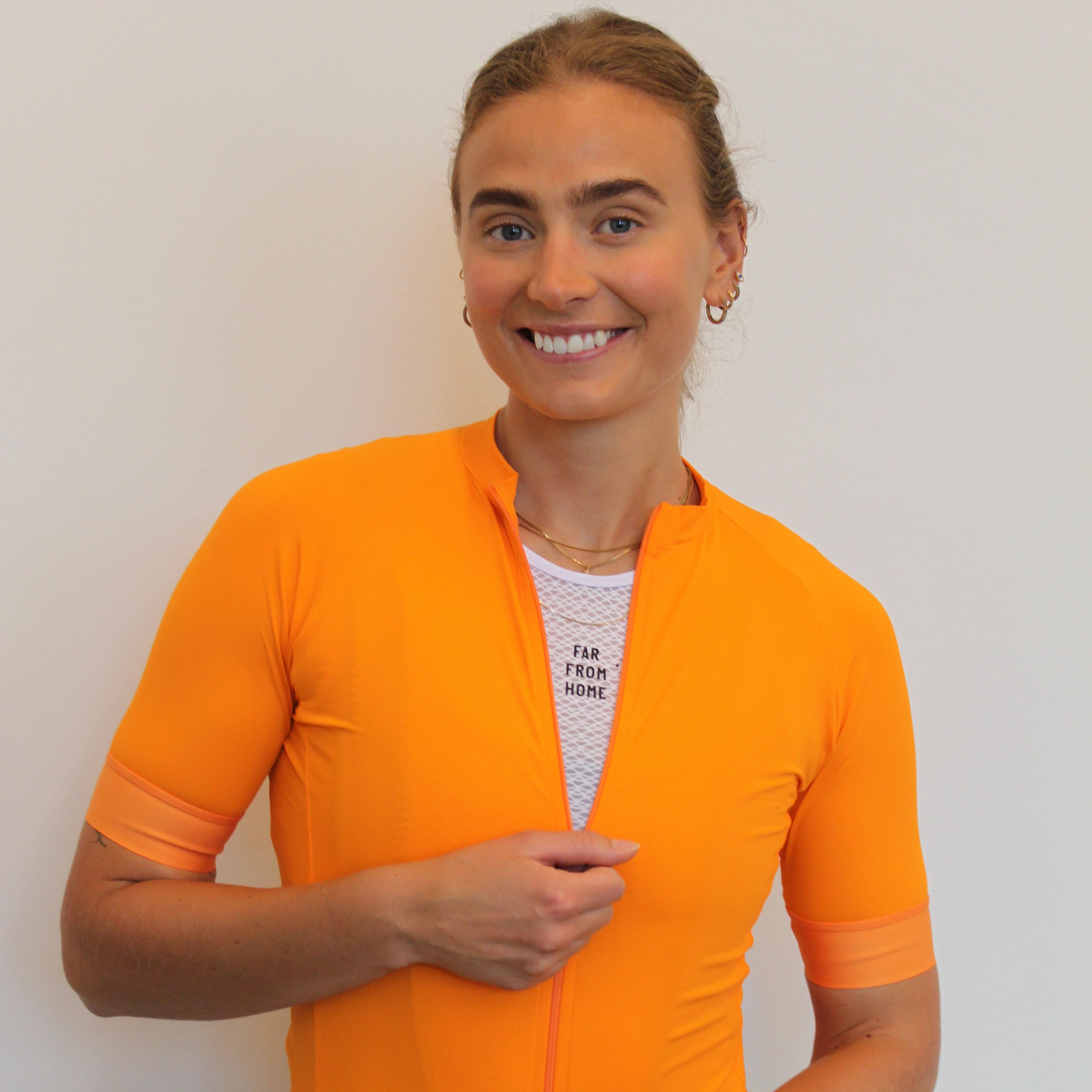
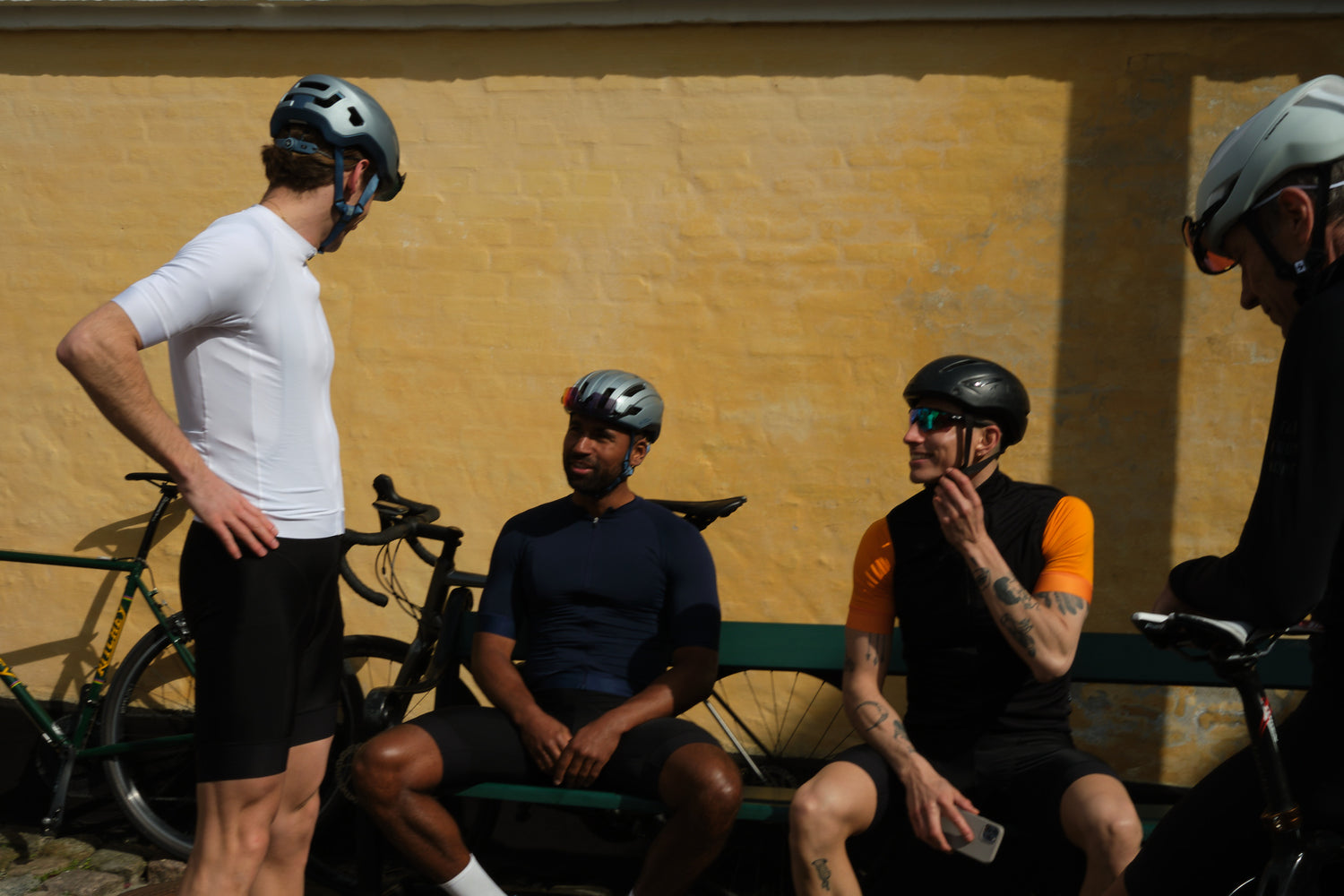
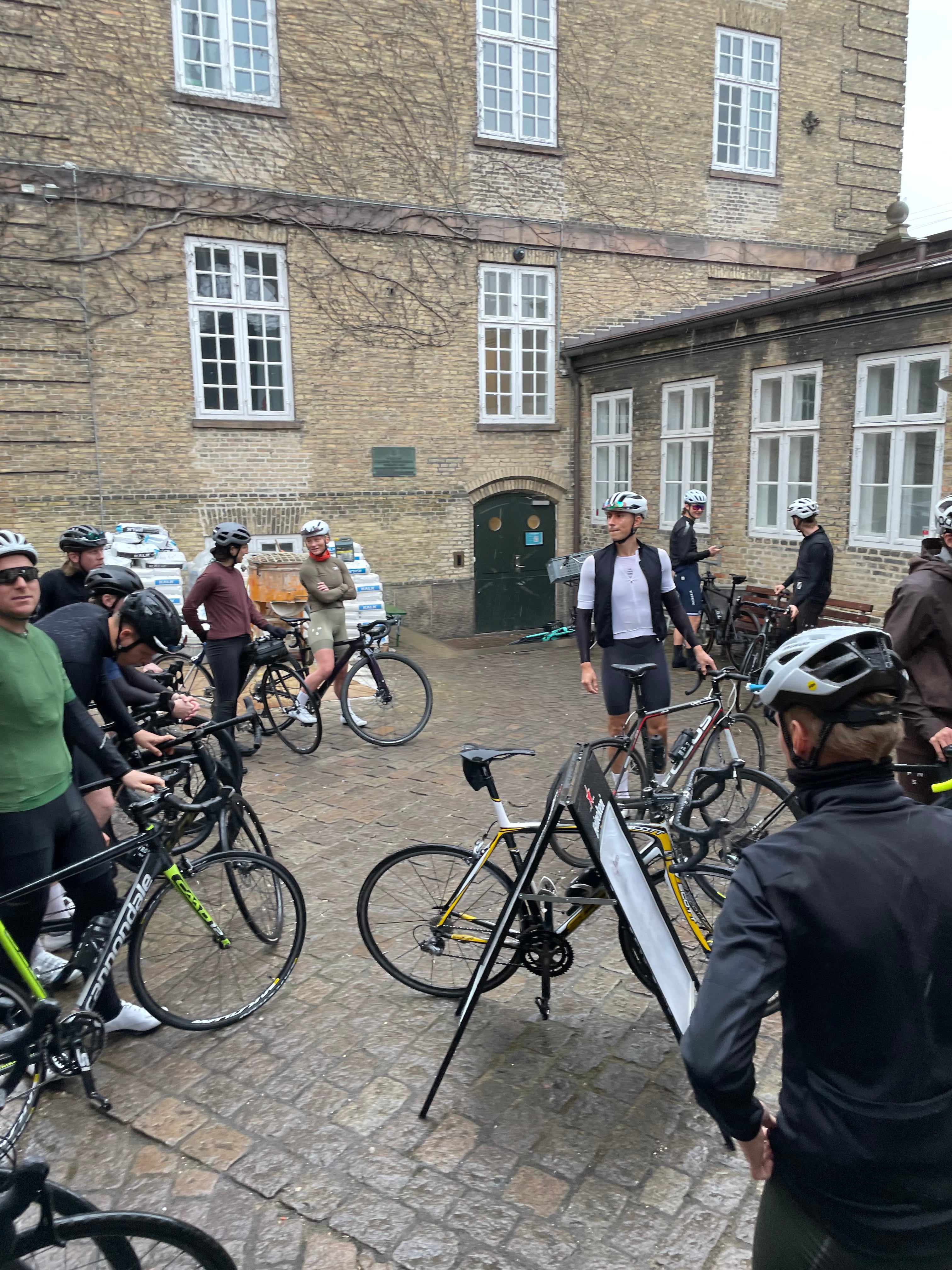
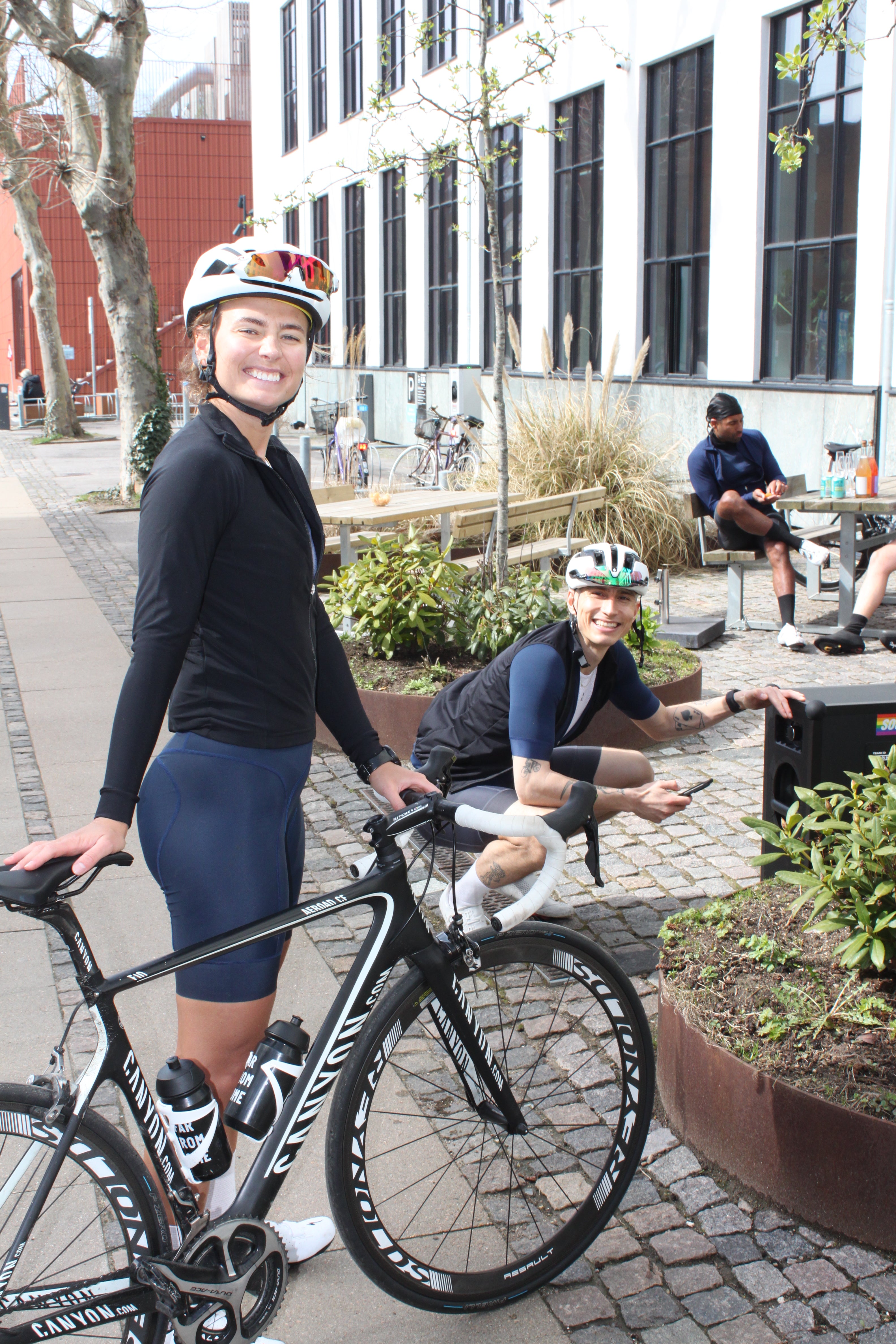

Leave a comment
This site is protected by hCaptcha and the hCaptcha Privacy Policy and Terms of Service apply.